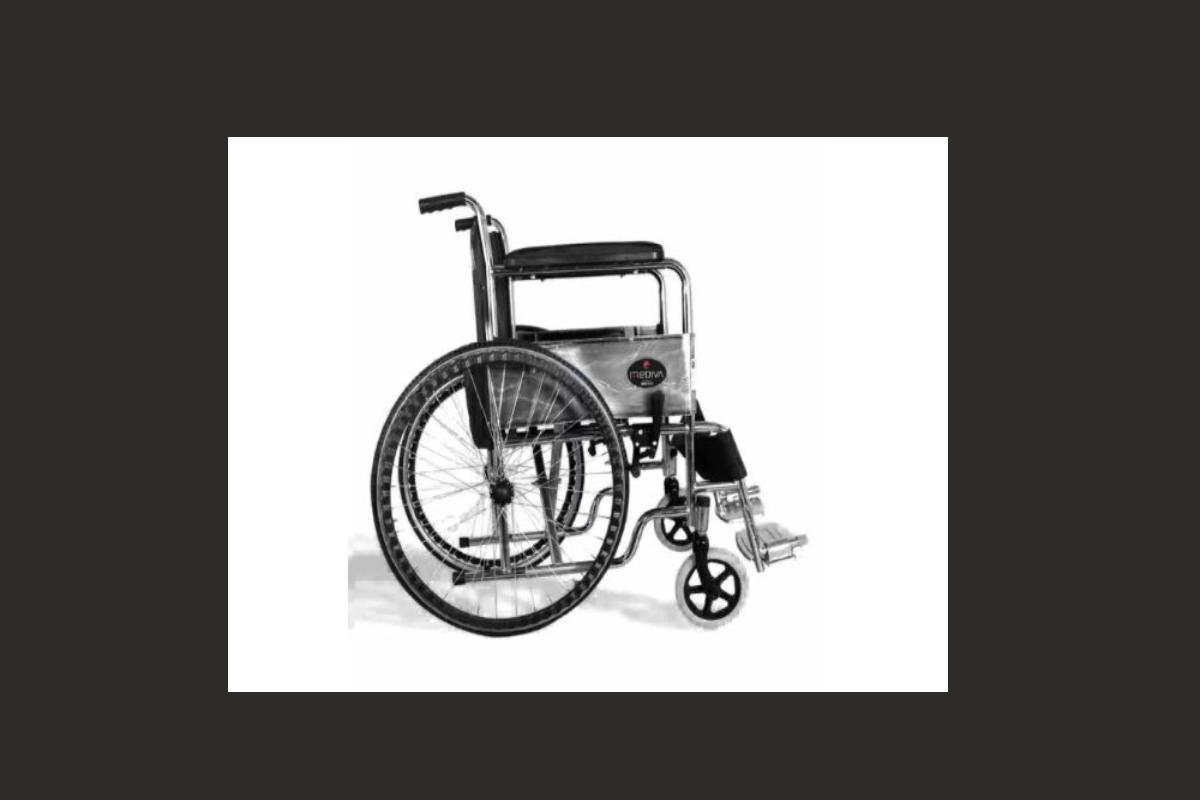A Comprehensive Wheelchair Buying Guide for Disabled Patients
Shopping for a wheelchair can be an overwhelming experience, especially when you are looking for one to fit the needs of a disabled person. It is important to consider the various factors in order to find the right wheelchair that will best meet the individual’s needs and lifestyle. This guide will help you make an informed decision when choosing a wheelchair for a patient or loved one.
Let’s dive in.
Table of Contents
Researching Your Options
Before making a purchase, it’s important to do your research and get familiar with your options. There are manual wheelchairs and powered wheelchairs, as well as add-ons like power assist packages, seat cushions, and backrests. Consider what type of wheelchair is best suited to your needs—take into account how much weight you need to support, how frequently the chair will be used, and whether any additional features are necessary. Once you have narrowed down your choices by researching each option thoroughly, it’s time to take the next step.
Types of Wheelchairs
The first step in buying a wheelchair is deciding which type of wheelchair is best suited for the individual. There are multiple types of wheelchairs available, each designed with different features to suit different lifestyles and needs. Here are some common types of wheelchairs:
- Manual wheelchairs – A manual wheelchair requires physical effort from the user or caregiver in order to move around. It is lightweight and has large rear wheels for better maneuverability.
- Electric wheelchairs – An electric wheelchair is powered by rechargeable batteries and does not require physical effort from the user or caregiver in order to move around. They come with adjustable settings such as height, width, and speed, which makes them ideal for those who need more flexibility in their mobility options.
- Bariatric wheelchairs – Bariatric wheelchairs are designed specifically for heavier individuals (over 300 lbs.). They come with extra-wide seats and reinforced frames that provide additional support while allowing them to move around safely.
Features To Consider
Once you have decided on the type of wheelchair, there are certain features you should consider when shopping for one. Some important features include:
- Seat size/width – The seat size and width should be comfortable enough so that it offers proper support while also allowing freedom of movement. The size should also be selected based on body shape and weight so that it is able to accommodate any changes over time without causing discomfort or pain.
- Adjustability – Adjustable components such as arm rests, foot rests, leg rests, and back supports help ensure greater comfort during long periods of use by providing personalized adjustments for each individual’s body type and size.
- Weight capacity – Make sure that the weight capacity of your chosen model is sufficient enough to accommodate any changes in weight over time due to growth or weight gain/loss before making your purchase decision .
Trying Out Different Models
Once you have narrowed down your choices, it’s time to try out different models in person. This is where having a knowledgeable healthcare professional comes in handy; they can help identify which chair is most appropriate for each user and make sure all safety concerns are addressed before making a purchase. Don’t be afraid to ask questions about different features and test out various chairs until one feels just right!
Insurance Coverage
Another important factor when purchasing a wheelchair is ensuring that your insurance coverage will cover the cost of the chair (or at least some of it). It’s always a good idea to contact your health care provider prior to making any big purchases so that there are no surprises when it comes time to pay up!
Buying Advice to Consider
When considering the purchase of a wheelchair, it’s important to keep a few things in mind. Firstly, you’ll need to assess what type of wheelchair will best suit your needs. Do you need a manual wheelchair or an electric power chair? Is the terrain that you plan to traverse mostly flat, or are there hills and slopes you must account for? Depending on the answers to these questions, you can narrow down your options and decide which type of chair is best suited for your lifestyle. Another critical factor is seat width and weight capacity; making sure the chair meets your size specifications and mobility needs is essential for safety and comfortability. Considering funding sources such as Medicare, private insurance providers, or other disability grants can also help bring some financial wiggle room into play when deciding what kind of chair to purchase. Ultimately, being mindful of these key considerations should help guide you towards making the most informed decision possible when buying a wheelchair!
Wrap Up & Conclusion
We hope this buying guide has been helpful in guiding you through the process of purchasing a new wheelchair! Remember that there are many styles and options available on the market today; do your research and consider all aspects before making any decisions. With the right information at hand and a knowledgeable healthcare professional on board, we know that finding the perfect wheelchair won’t be too difficult! Good luck!2
Wheelchair Buying Guide for Disabled Patients


